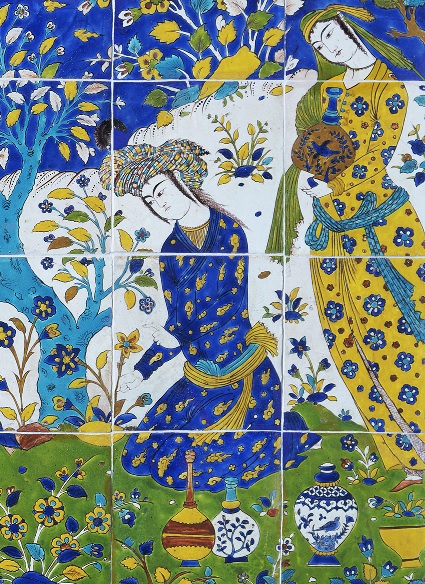Wild Boar heads in Iranian architecture. The head alone is likely representation of deity of victory, Verethragna/ Bahram (بهرام)
سر گراز در معماری ایرانی
Photo: multiple stucco fragments @philamuseum from Tepe Hissar, Sasanian
⤵️
سر گراز در معماری ایرانی
Photo: multiple stucco fragments @philamuseum from Tepe Hissar, Sasanian
⤵️

One example from Tepe Hissar
I wrote about boars in more details before, and gave many examples of boar heads as well as boar hunting etc. across various media in ancient Iran
⤵️
I wrote about boars in more details before, and gave many examples of boar heads as well as boar hunting etc. across various media in ancient Iran
⤵️

Boar heads from Bamiyan
Again, I'm not including numerous other examples on textiles etc. See previous thread on motifs in ancient Iran for more examples.

Again, I'm not including numerous other examples on textiles etc. See previous thread on motifs in ancient Iran for more examples.


• • •
Missing some Tweet in this thread? You can try to
force a refresh

 Read on Twitter
Read on Twitter


































